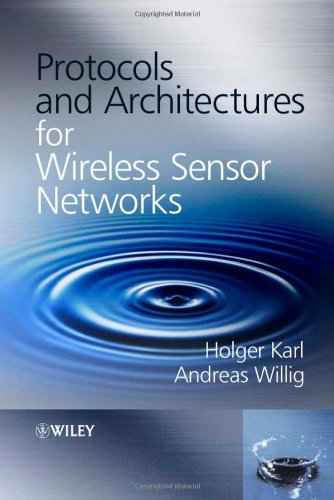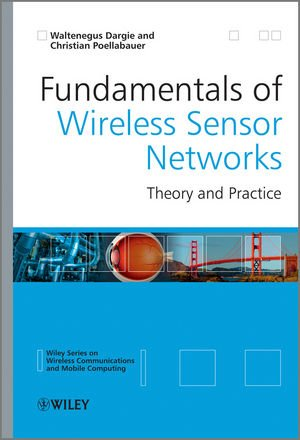Networked Embedded Systems (NES) Course
Wireless Sensor Networks (WSNs) are composed of numerous (wireless) embedded sensor devices with the aim of sensing particular parameters. There are plenty of interesting applications for these networks such as healthcare, structural and environmental monitoring, disaster management, agriculture, urban supervision, and so on. However, networking of such small embedded sensor devices differs from other networks from various aspects. Very stringent power constraints, computation limitations, and short range wireless connections of these devices acquire dedicated efficient networking protocols for WSNs to satisfy the application requirements.The NES course is targeted for students of Master's degree program in electrical engineering (EE), embedded systems (ES), and information and communication technology (ICT). In this course, prominent protocols, mechanisms, and services in various networking layers for WSNs are discussed. It includes applications, characteristics of the physical layer and typical sensor nodes, medium access control mechanisms, routing and data dissemination, and services such as synchronization and localization. Design, implementation, and simulation of WSNs is an important part of this course.
Learning objectives
This course focuses on design and development of networks of low-power smart embedded sensor devices. At the end of the course the students willCourse material
In this course, we maily focus on the following two text books about wireless sensor networks:
- Protocols and Architectures for Wireless Sensor Networks, Holger Karl and Andreas Willig. Wiley Press, 2007.
- Fundamentals of Wireless Sensor Networks: Theory and Practice, Altenegus Dargie and Christian Poellabauer. Wiley Press, 2010.

Besides the text books, we will review and discuss a number of scientific articles and tool manuals in this course. Note that handouts, assignments, and other reading material are provided via Oncourse.
